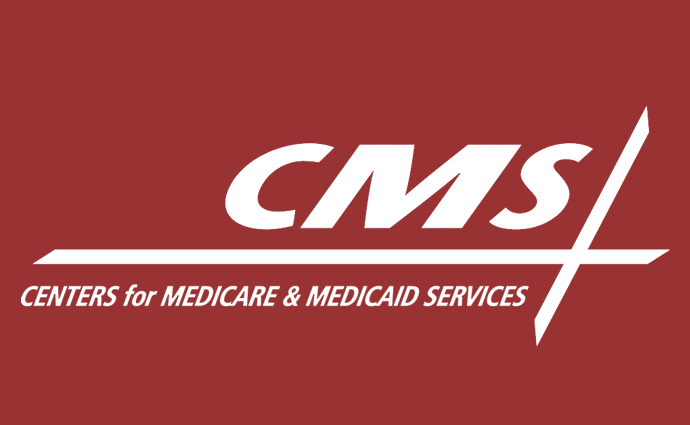CMS Boosts Inpatient Medicare Reimbursement by 3.1%, Wage Index
A new final rule will increase inpatient Medicare reimbursement by adjusting the hospital wage index, technology add-on payments, and DSH payments in FY 2020.

Source: Xtelligent Healthcare Media
- CMS recently released a final rule that will increase inpatient Medicare reimbursement by a net of 3.1 percent in fiscal year (FY) 2020, as well as modify the hospital wage index, technology payments, and Disproportionate Share Hospital (DSH) payments.
Issued August 2, the final rule updates the Medicare inpatient prospective payment system (IPPS) and the long-term acute care hospital (LTCH) prospective payment system (PPS) for FY 2020.
Specifically, the rule would boost operating payments by $3.4 billion for the approximately 3,300 acute care hospitals paid under the IPPS starting on October 1, 2019.
The hospitals will also face higher new technology payments, which will increase by 70 percent, or $0.2 billion, in FY 2020, including a 50 to 65 percent boost for chimeric antigen receptor (CAR-T) therapies and a 75 percent increase for certain antimicrobial technologies.
Additionally, the finale rule notably updates the wage index for certain low-wage index hospitals paid under the IPPS.
As part of CMS’ “Rethinking Rural Health” initiative, the agency finalized changes to the hospital wage index, which adjusts inpatient Medicare reimbursement rates to account for local differences in wages that hospitals experience in their labor markets.
Stakeholders have argued that the previous wage index system exacerbated disparities between hospitals in high-wage and low-wage areas, which are commonly rural communities.
The new final rule addresses the concerns by increasing the wage index for hospitals with a wage index value below the 25th percentile. The new policy will boost the wage indexes for hospitals by half the difference between the applicable wage index value for that hospitals and the 25th percentile wage index value across all hospitals, CMS reported.
The agency also finalized changes to the wage index rural floor calculation, which will remove urban to rural hospital reclassifications from the calculation of the rural floor wage index value. The new policy addresses the “unanticipated effects of rural reclassifications on the rural floor and the resulting wage index disparities created by urban to rural hospital reclassifications,” CMS stated in the rule.
The agency intends for changes to the hospital wage index to help rural and other low-wage hospitals attract and retain a highly skilled workforce, which will result in greater competition and choice for rural patients.
“The Trump Administration is providing relief to rural communities and addressing payment policies that have disadvantaged rural hospitals, making it harder for them to stay open and provide care to the one in five Americans living in rural areas,” CMS Administrator Seema Verma said in the announcement. “The changes we’re finalizing in today’s rule are long overdue and improve the way Medicare pays hospitals, which will help many rural hospitals maintain their healthcare labor force, to ensure that patients have access to high-quality, affordable healthcare.”
Additionally, the final rule increased DSH payments by about $78 million in FY 2020 and included a 1.0 percent, or $43 million, increase in LTCH Medicare reimbursement.
Industry groups have already started to respond to the new final rule.
The American Hospital Association (AHA) applauded CMS for the new technology add-on payment rate, especially for CAR-T therapies. However, the leading hospital group raised concerns about changes to the low-wage rural hospital index, which are not budget neutral.
“While we support improving the wage index values for many struggling rural hospitals, this should not be done by penalizing all hospitals, especially when Medicare already pays far less than the cost of providing care. That’s why we strongly urged the agency to use its existing statutory authority to increase the wage index in a non-budget neutral manner,” stated Tom Nickels, executive vice president of the AHA.
